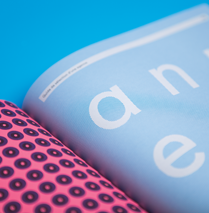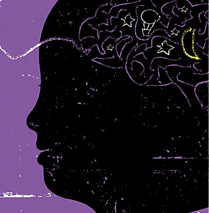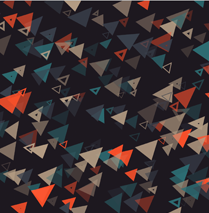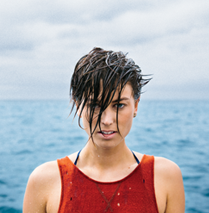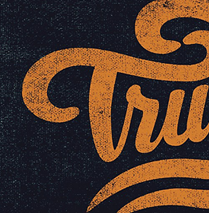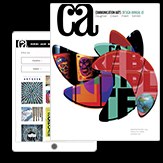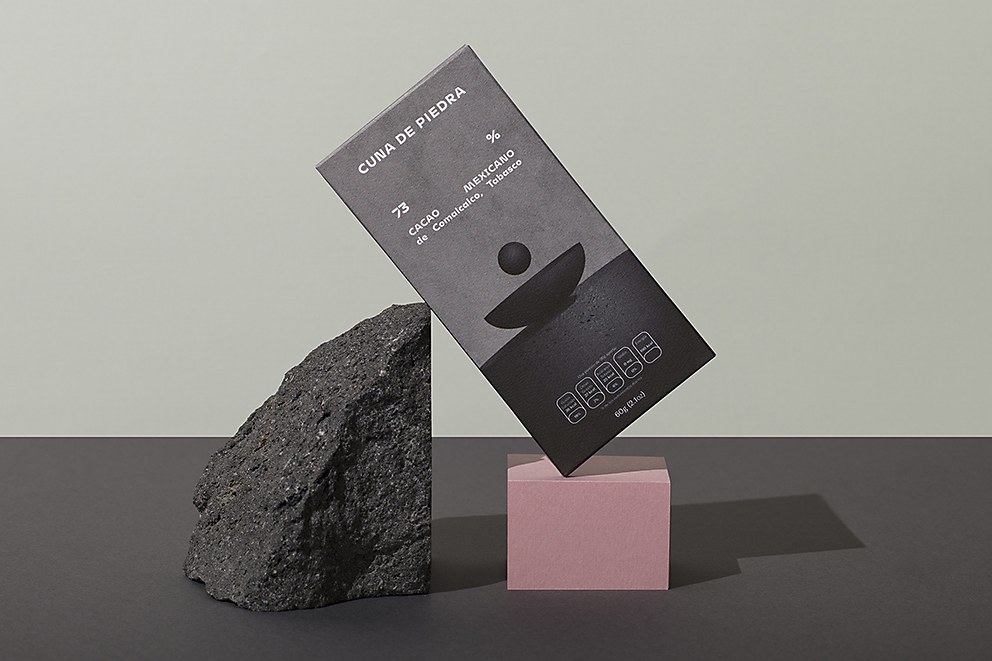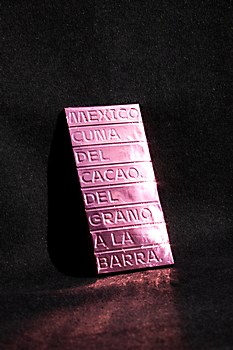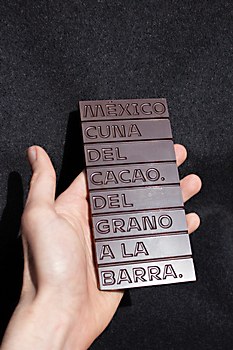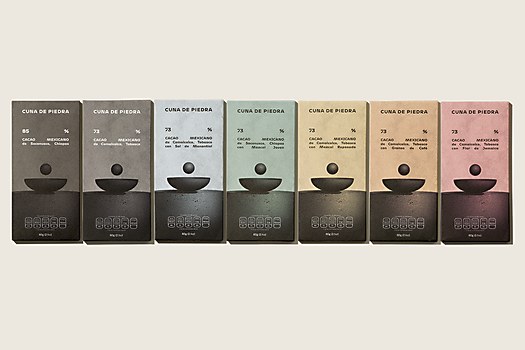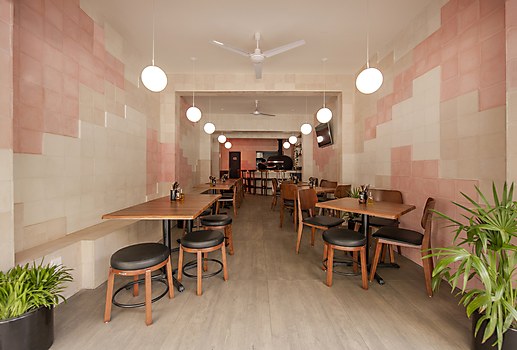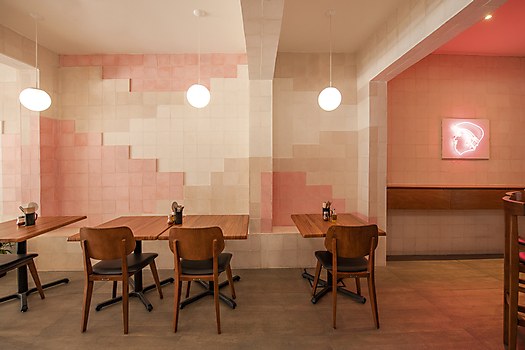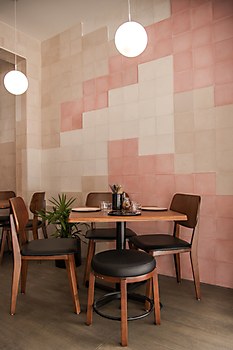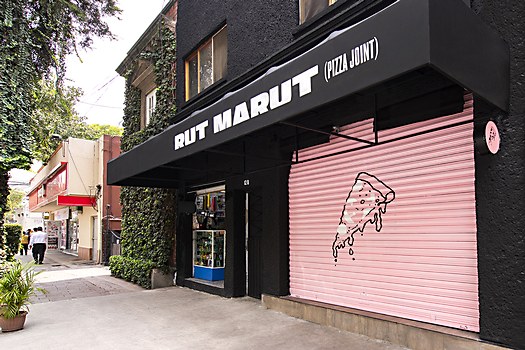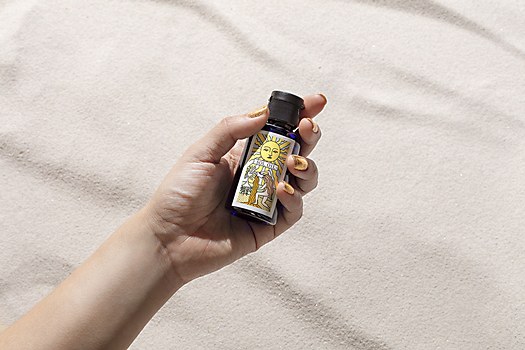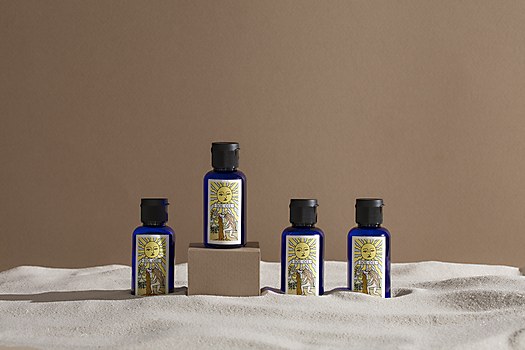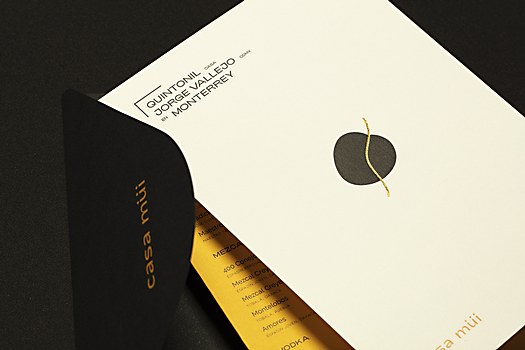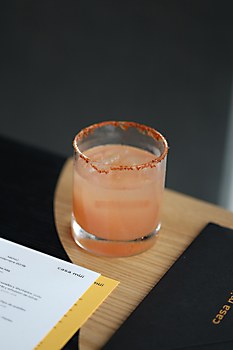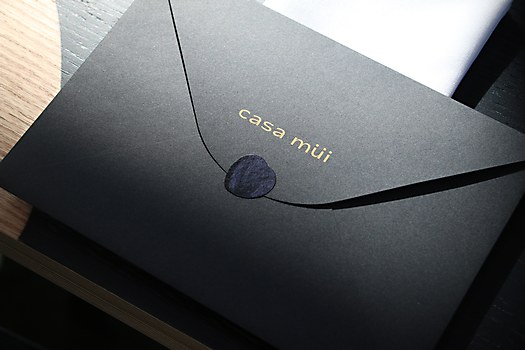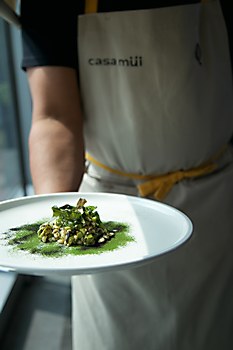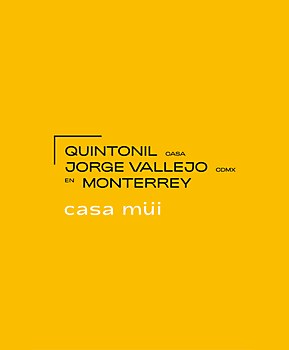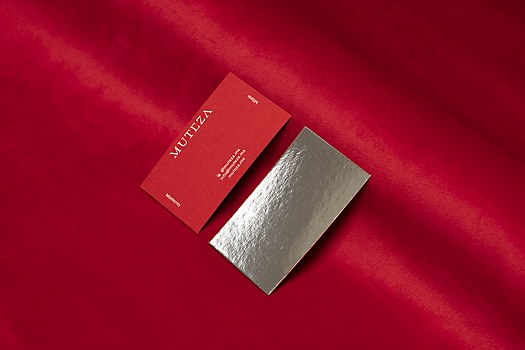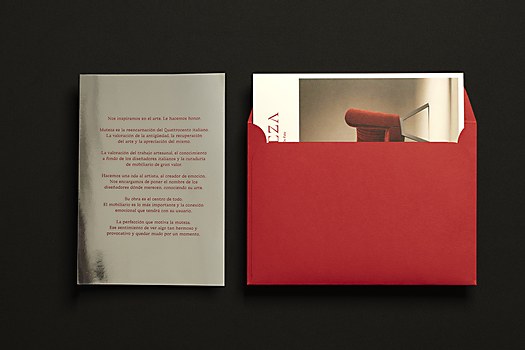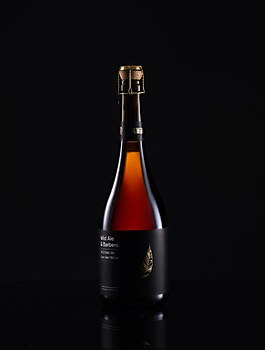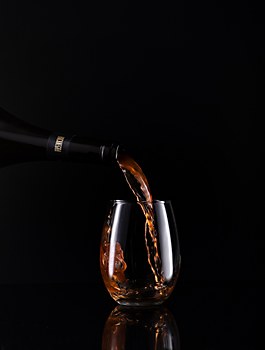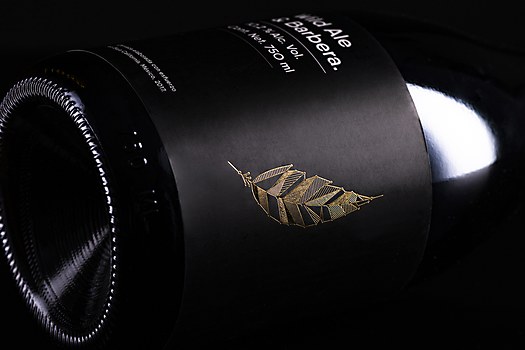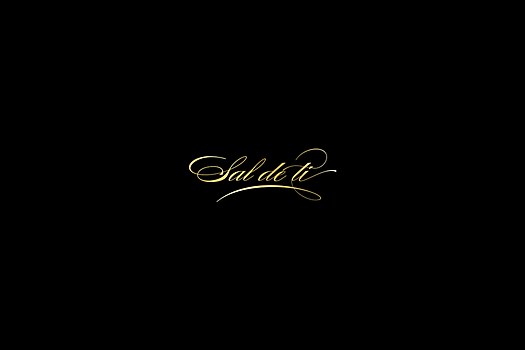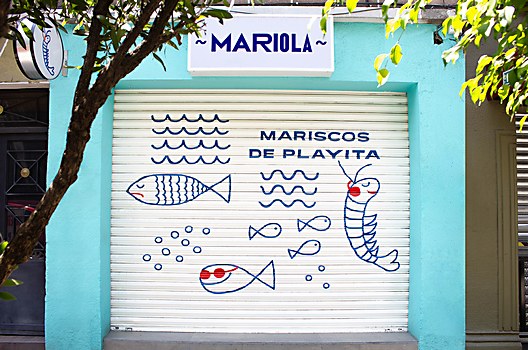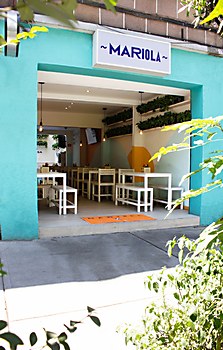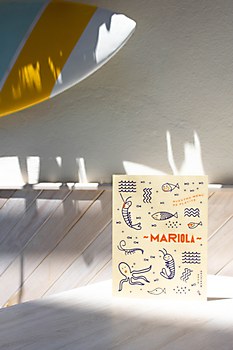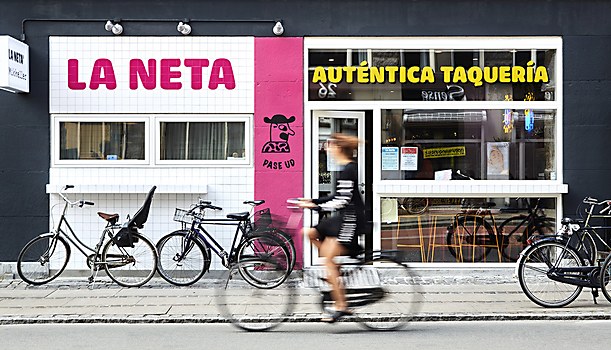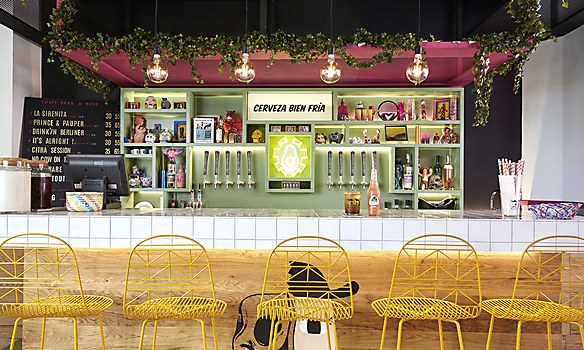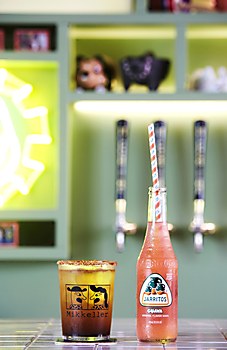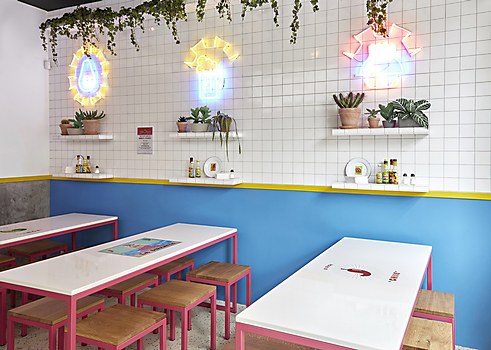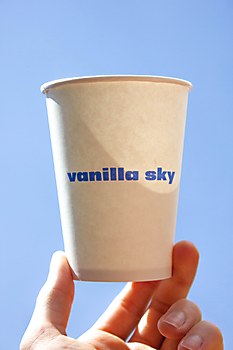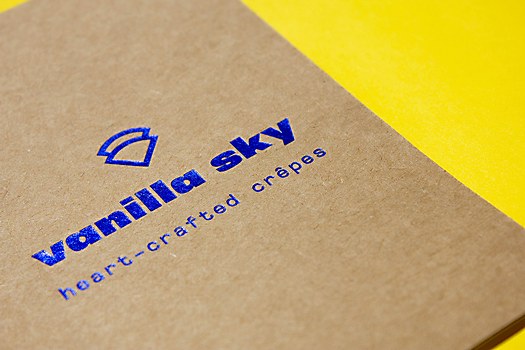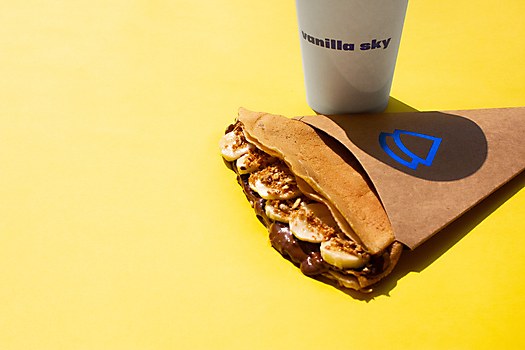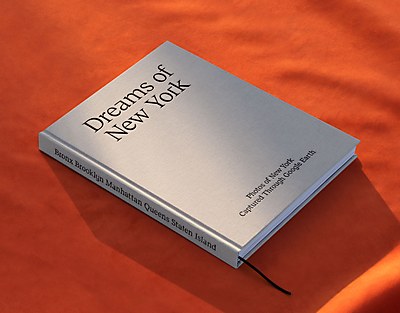Duration: I started working as a graphic designer back in January of 2006 before I graduated from school. VVORKROOM was founded in 2019.
Location: Barcelona, Spain, and Mexico City, Mexico.
Education: BA in graphic design at Universidad de Monterrey, Monterrey, Mexico.
Career path: I had decided to study graphic design without really knowing what it was. I just knew that I was a creative person, and I used to spend all my free time drawing. When I was a child, before we had a computer at home, I used to make all my party invitations by hand. Then when I got a computer—but still no internet or Adobe programs—I used to spend hours drawing all my clothes and dream houses on Paint and PowerPoint. So, when I discovered that people actually got paid for doing meticulous work with graphics on a computer, I was amazed.
At my first job, I was incredibly lucky to be surrounded by the most talented designers in Mexico. They were my coworkers, friends and—of course—my boss. They were my inspiration to work hard, and eventually, to start my own creative agency. In 2008, I partnered with Iván García to cofound Futura, a creative studio that immediately gained worldwide recognition as one of the best in Mexico.
In 2017, I decided to leave Futura to start over. I wanted to go back to the basics and become that little girl who used to spend hours in front of the screen creating things—instead of sitting in meetings all day. When you grow as an agency, the time you spend actually designing disappears unless you have someone who can help you with all the administrative work. Unfortunately for me, I became that administrative person. That said, I will always be proud of Futura’s achievements. They are amazing, and I am who I am because of the ten years I spent being “Vicky from Futura,” as well as Ivan’s best friend and business partner.
After Futura, I worked as a freelance designer. When I got a lot of work, I hired Ricardo Acuña, a young Mexican designer I met in Barcelona while he was studying for his masters in branding. However, I found it unfair to say I was doing freelance work and keeping all the credit to myself, so I decided to create another creative studio, and that’s how VVORKROOM was born. Now we have a small in-house team located in Barcelona and Mexico City, and we work with a specific group of external experts depending on the needs of each project.
Work environment: At VVORKROOM, we work around distance; I’m in Barcelona while the rest of the team is in Mexico City. We have a web platform that we’ve nicknamed “the office,” where we share screens and video calls to review things daily.
In Barcelona, I share my office, Bloc Multistudio, with other creatives who are also some of my closest friends. That space and those friends are the best things that have happened to me in Barcelona. We get to share the joy of our achievements and the frustration of our bad days, not only in work but also from our personal life as well—and we also share beers and vermuts!
Favorite project: Cuna de Piedra is the most important project I’ve ever worked on in my life. It’s a bean-to-bar chocolate bar made 100 percent in Mexico. We wanted to have a “fair trade” with the indigenous communities that harvest the cacao. The more we became involved with the project, the more we understood the real importance of it. The indigenous people have a spiritual connection with cacao trees—especially in Chiapas in the Soconusco area—where there are at least 4,000 years of history in cacao cultivation in the same place. The fact that the brand is selling the cacao is crucial for so many people, not to mention raising awareness of how global warming destroys the land, the trees and the entire community.
We realized that the success of this project depended on us, but the project wasn’t going to be for us. We have a responsibility to the farmers to help them preserve their traditions and an even greater responsibility to aid in protecting their land. We are lucky to have worked with an incredible group of people who understand the language of Mother Nature like no one else.
Approach: I see every client as a human being, and every project as if it were mine. I don’t care if it’s small or huge, if it’s fun to do, if it requires an extra effort from our side or if it will look great in our portfolio. I always imagine the efforts and sacrifices clients make to pay our services, and I respect every minute and penny they invest in their dreams.
Philosophy: If you work hard and respect others—considering all of what the word respect means, and with others meaning not only clients but also employees, coworkers, competitors and suppliers as well—then everything will work out. There is an infinite source of abundance waiting for us to access, and we can only reach it with good intentions and vibes.
Anything else? When I started my career in Mexico, it was extra difficult for me to prove to my clients that I had the talent and gravitas of being in charge of the creation of their new brand because I was a woman.
Machismo is real. No matter how cool and cosmopolita I thought I was, machismo still pervades in a provincial city from the north of Mexico like Monterrey. I didn't realize that I needed to look good—but not too good—so that clients would actually start paying attention. It was only after I made my first presentation that clients started taking me seriously.



